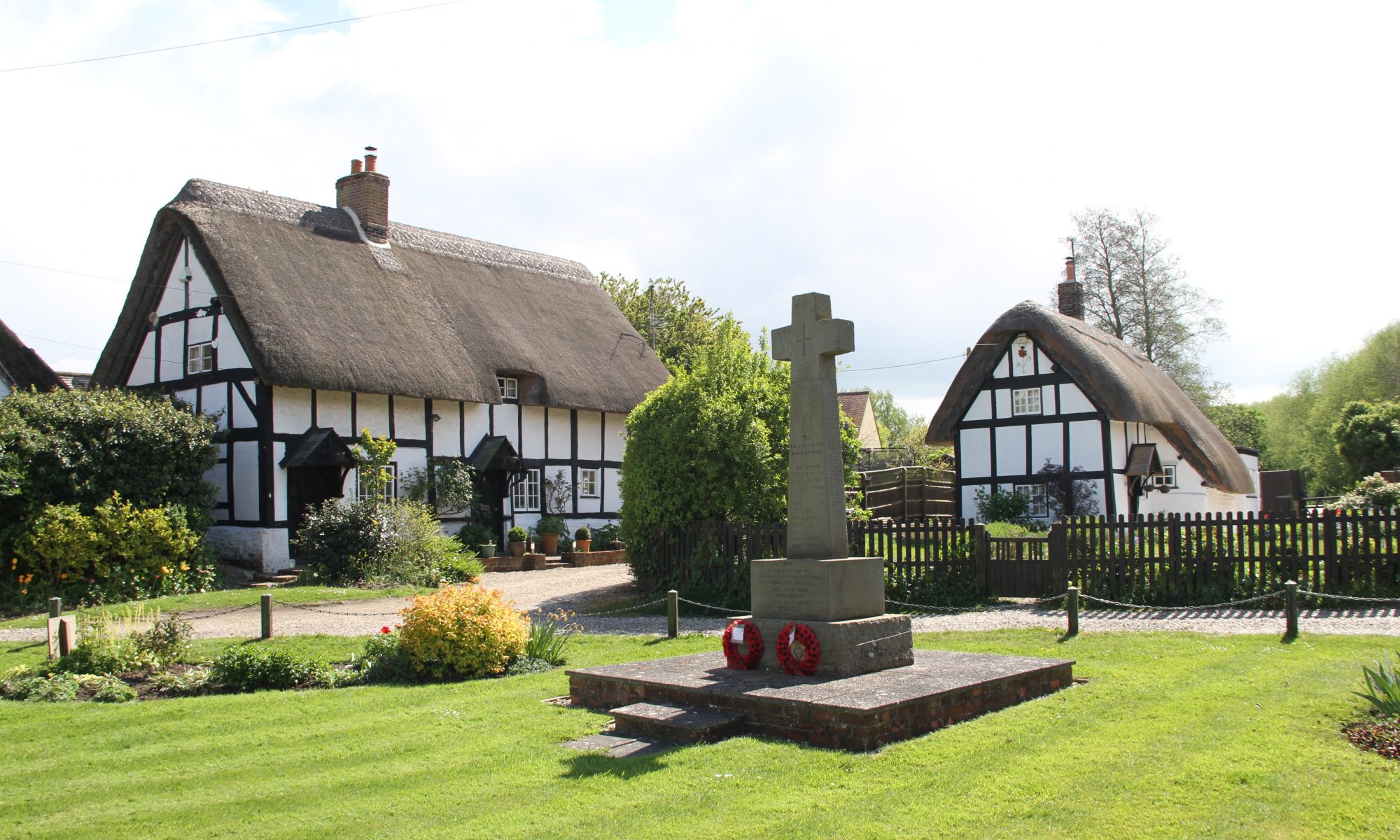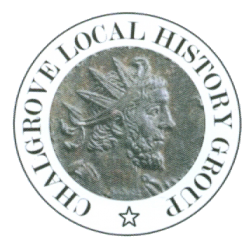On the 4th June 1643 Queen Henrietta Maria left the safety of York Castle with a huge convoy of arms and supplies. On the 16th June the Queen and convoy entered Newark Castle. News of Essex’s abject and devastating defeat was sent by ‘express’, the King’s own messaging system, to his Queen in Newark.
On the 27th June the earl of Newcastle with reportedly 10,000 men left Newark and headed north. Newcastle’s opponents in the North, were the Parliament’s commander, Ferdinando, Lord Fairfax, and his son Sir Thomas Fairfax. The Fairfaxes had raised an army from Parliament’s supporters in the cloth manufacturing towns of the West Riding of Yorkshire, and Sir Thomas soon gained a reputation as a determined officer in a series of small actions in defence of barricaded towns and for attacks on Royalist quarters.
Newcastle marched against the Fairfaxes’ headquarters at Bradford and crushed their army at Adwalton Moor on 30 June 1643. The letter from the King’s Secretary to Prince Rupert recounting information of the action from Queen Henrietta Maria is under.
FROM SECRETARY NICHOLAS TO THE PRINCE. MAY IT PLEASE YOUR HIGHNESS,
His Majesty having even now received fresh advertisements by an express from the Queen, hath commanded me to give your Highness this account; her Majesty’s letter bears date, 6th July, from Ashby-de-la-Zouch, which confirms all the good news from the North of the taking of Leeds, Halifax, and Bradford; the Lord Fairfax and his son having escaped only with five men, the son having most valiantly left his wife to be taken; they both charging in one troop. [Lord Newcastle restored this lady to her husband; sending her back, under an escort, in his own coach. ED.”]
Sir Frederick Cornwallis is come to her Majesty, who is very well pleased with the advice she received by him, and is resolved to order her course accordingly.
My Lord Capel is before this joined with the Queen, with one thousand horse and as many foot [from about Shrewsbury]. Yesterday her Majesty was to be at Coleshill; from thence, as Ned. Progers (who came now from her) relates, she will come this day to Dudley Castle, but that his Majesty judges to be a mistake, it being backward, and no mention thereof being in the Queen’s letters to his Majesty. One thing more I am commanded to advertise your Highness, that the Lord Digby writes, that the forces of Leicester and Coventry consist of twenty-eight troops of horse and ten companies of foot, and that it is said that they are all marching towards Buckingham, having made their rendezvous on Thursday last at Dunsmore Heath.
The Queen’s forces, in her passage, have taken Burton-upon-Trent by assault.
And so I humbly rest, Your Highness’s most humble servant,
EDWARD NICHOLAS.
Sir Thomas Fairfax retired to Bradford and defended it briefly, probably as a rearguard action to cover his father’s retreat, but the town was untenable and he broke out with his cavalry. Caught up in a running fight, Sir Thomas only had two officers and three Troopers left with him when he finally joined his father at Leeds. Sir Thomas’s wife, Anne, who had left Bradford with him riding behind one of his officers, was captured in the pursuit. The Fairfaxes abandoned Leeds and retreated to Hull. Ever the gentleman, Newcastle treated Lady Anne Fairfax ‘with all civility and respect’ and provided a cavalry escort and his own coach to return her to her husband in Hull. The Parliament’s Northern army had been destroyed and on the same day, 30th June, the convoy of arms left Newark bound for Oxford.
Essex’s Retreat
Letter from a spy to Prince Rupert 1st July 1643
“This day there is gone from Thame four thousand soldiers, two thousand to Althorp to be quartered, two thousand to meet Prince Rupert’s Highness towards Bucks, they have taken away some two drakes to every regiment, my Lord-General [Essex] sticks close at Thame, and if I am not mistaken in physiognomy, he loves to have no harm, but to be quiet if he might, for having well viewed his noble person, I judge he loves sleep, good diet, and ease, or else I am much mistaken in my skill. [This observation seems to confirm the assertion of the verse below.] The works lie still at Tetsworth; there lie about seven hundred dragoons which were under the command of Colonel Miller, who, upon some dislike, hath laid down his commission, and is gone from them: their serjeant-major is sick, and there is no commander to lead them, but sometimes one Captain Middleton leads them upon any design: my opinion is they lie loosely, I leave it to better judgment.“
Miss Strickland’s Queens of England, vol. viii.
“Farewell, my Lord of Essex, with hey,
Farewell, my Lord of Essex, with ho,
He sleeps till eleven,
And leaves the cause to six or seven,
But, ’tis no matter-their hope’s in heaven!
With a hey trolly, lolly, ho!”
Essex’s army left Thame around the end June and were at Bierton, Bucks 4th July. The army had dragged itself to Great Brickhill from where Essex sent the following letter.
Essex’s Letter to the Speaker of the House of Commons, from Great Brickhill 9th July 1643
I was advised to march to Great Brickhill, as the most fit place for all purposes, the enemy’s chief strength being in horse. And, this army being recruited with neither horses, arms, nor saddles, it is impossible to keep the counties from being plundered, nor to fight with them but when and where they list; we being forced, when we move, to march with the whole army, which can be but slowly, so that the counties must suffer much wrong, and the cries of poor people are infinite. ESSEX
On the 12th July Essex tendered his resignation to the Committee of Safety stating that Parliament should open peace negotiations with the King. Essex’s resignation was refused. On the 20th July at Great Brickhill, Colonel Thomas Tyrell was commissioned to take command of John Hampden’s Regiment. The army retreated towards London and the citizens feared that the Royalists would follow close behind to take the near defenseless city. Their good fortune rested on the King having his army escort the Queen and Convoy safely into Oxford.
To the Speaker
Sir, – I should not so often trouble you in your great affairs, but that I could not discharge the duty I owe, holding so great a charge as I do, but to acquaint you, that unless present order be taken for the supplying the army with money, their necessities are so great, it will be impossible for me to keep them together. For besides their former arrears, they are now three weeks without pay; many sick men recover, but finding no money they have small comfort. I am now marching to a fresh quarter, where, if they may have pay, recruits and clothing, most of them being almost naked, and our soldiers not drawn away with new levies, I doubt not but in a short time to have a considerable army.
Sir, I am your assured friend, ESSEX
Uxbridge, this 6th. August, 1643.
Essex’s defeated army was never to return to Oxfordshire.
CROMWELL’S RISE TO POWER
The men of Cornwall began their march northward as the convoy of arms left Newark. On the 2nd July Bradford-on-Avon was taken and on 5th July the Cornish met Parliament’s men in a fierce battle at Launceston, Cornwall.
Parliament were beaten back and lost the battle but at great loss to the Royalists. In the hills above Devizes, Wilts at Roundway Down on the 13th July Parliament’s troops suffered a catastrophic defeat. In Oxford they celebrated the Queen’s arrival with a triumphal parade of the convoy of arms through the High Street on the 15 July. The port and town of Bristol fell to the Royalists 26th July opening the way for supplies to be landed from abroad. Truly an indication of Chalgrove’s importance.
Cromwell’s Eastern Association had remained strong all through 1643. Essex’s and the Committee of Safetie’s incompetency at prosecuting the war handed Oliver Cromwell the power to speak for the army in Parliament. His persuasive argument and unassailable position led to the Committee of Safetie’s disbandment in February 1644 in favour of the Committee of Both Kingdoms. The rest of Cromwell’s Civil War exploits are history; another indication of Chalgrove’s importance?
Return to Main Battle of Chalgrove Page

